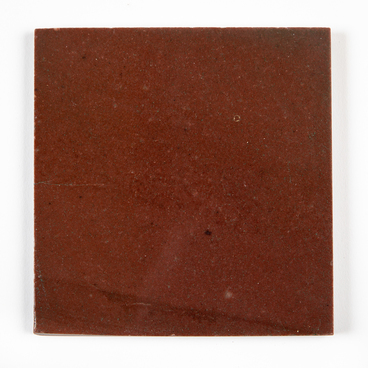The collection of the Sheltozero Veps Ethnographic Museum named after Rurik Petrovich Lonin features the window decoration “Bereginya” which is a figure of a woman, the keeper of the hearth, the giver of life, one of the most common images that occupy an important place in the Veps culture. Such figures are found both on old embroideries and on nalichniki (platbands, lace-like wood window frames). The decoration resembles the figure of a woman, and was installed in the upper part of the window frame. Bereginya decorated not only houses. Many Veps made a bereginya doll to protect themselves from the evil eye, and also embroidered this character on a towel. It was believed that the female figure takes upon itself the evil eye and bewitchment, illness, sadness and bad luck, relieving its owner from the hardships of life.
Unfortunately, the name of the craftsman who made this decoration has not been preserved. But it is known that it was installed on the window frame of Melkin’s house. Melkin’s house is one of the largest and most beautiful houses in the Veps region. The house was built in 1814 by a major contractor Ivan Melkin. During the restoration of the house, a few details were discovered and renewed, including this decoration.
The traditional Veps dwelling is a log construction on stones with outbuildings. At the beginning of the 20th century, two-story five-wall buildings with an interior load-bearing wall became the traditional form of housing. New options for hut layout appeared. The peculiarity of the Veps house is the corner connection of the buildings, the absence of an open porch, and an even number of windows. In large houses, the upper floor was occupied by a room where hay and various equipment were stored. A log ramp was made to it from the outside.


